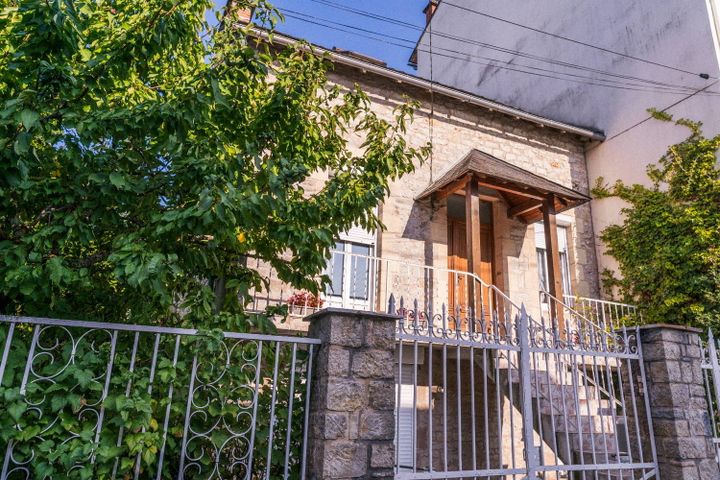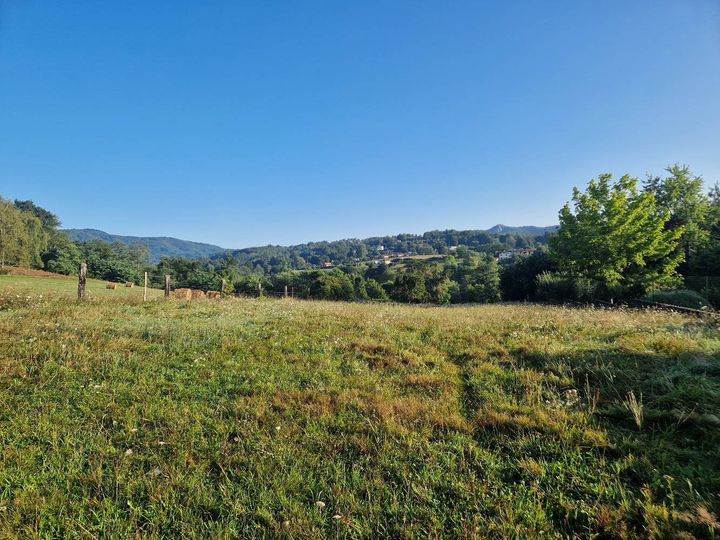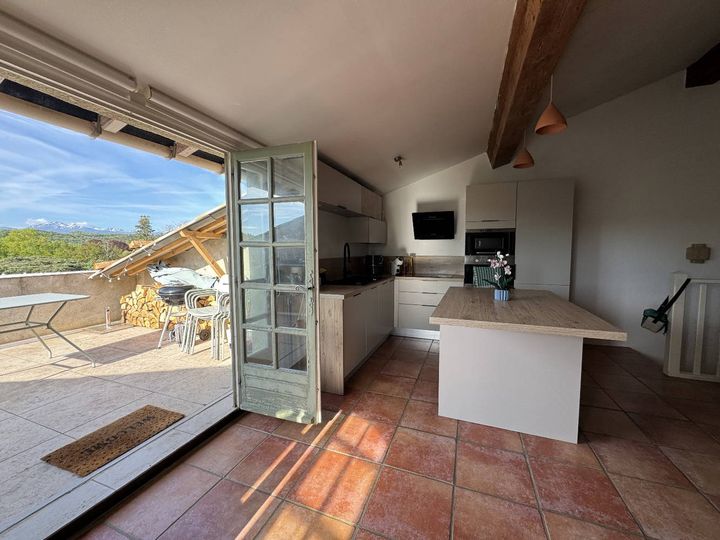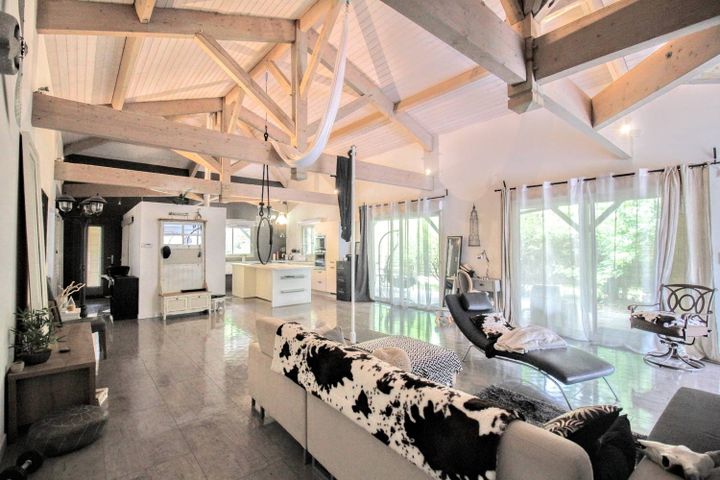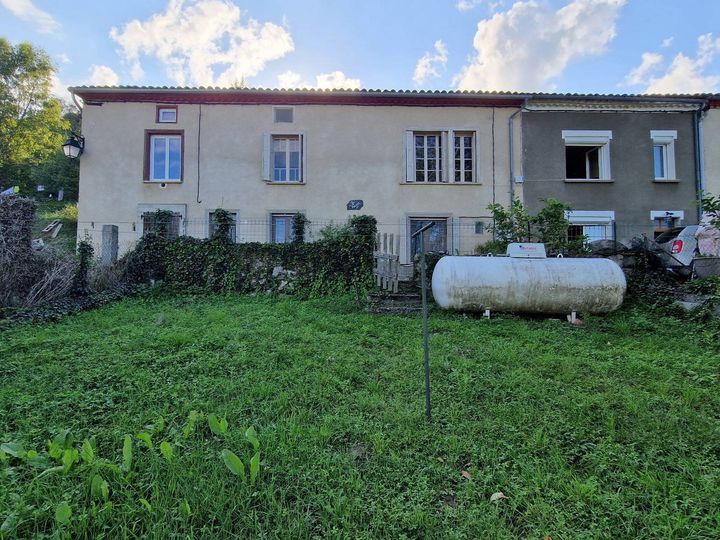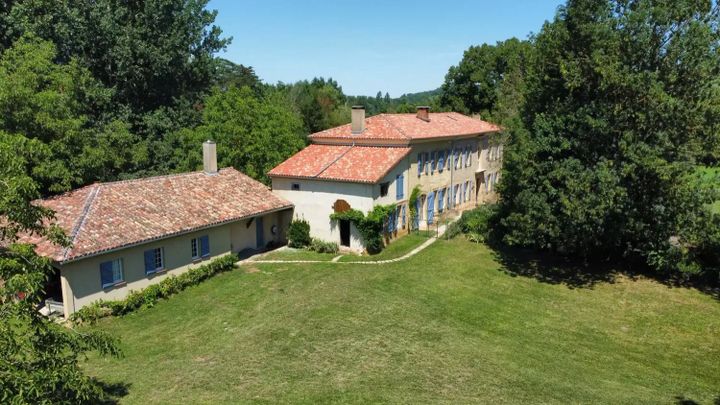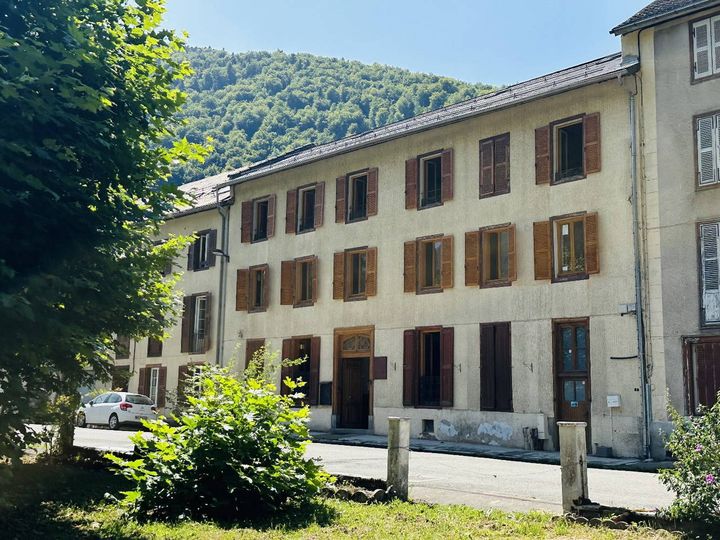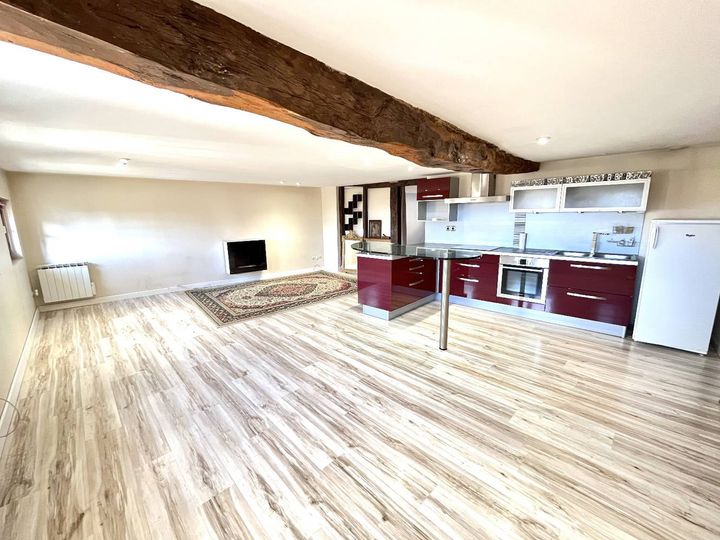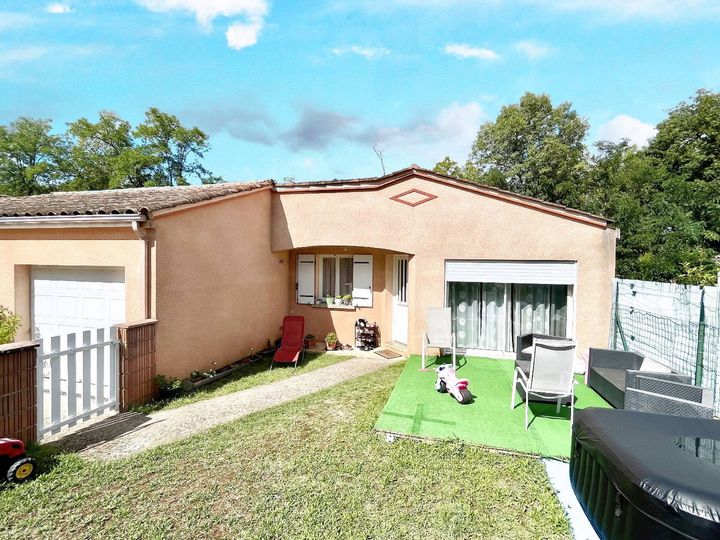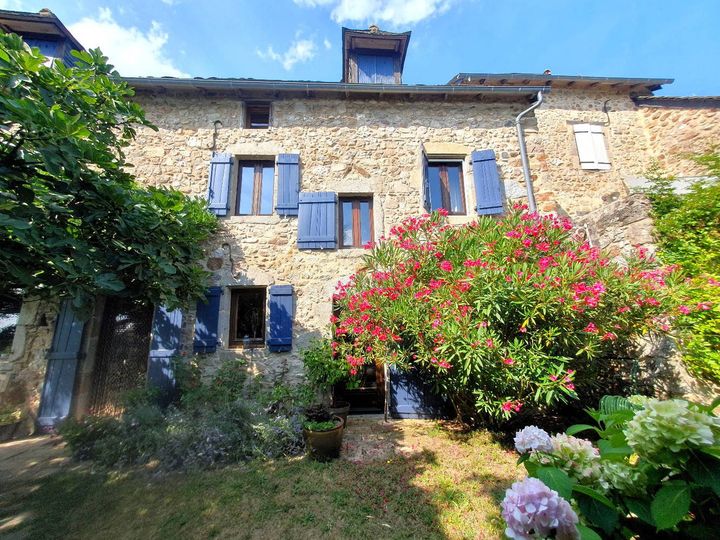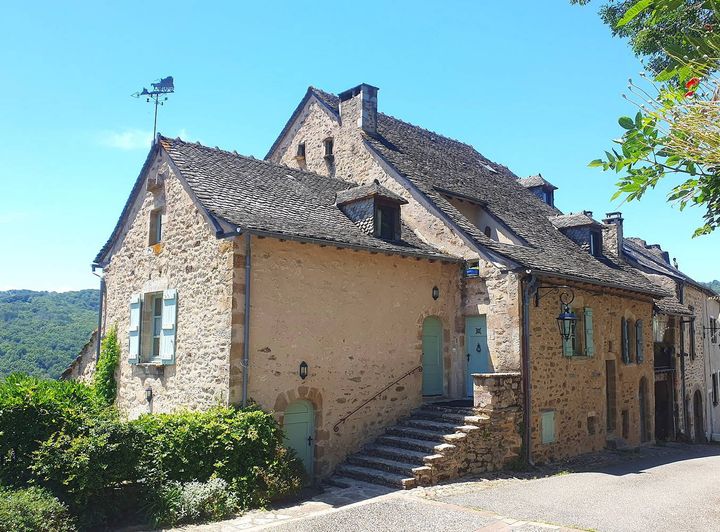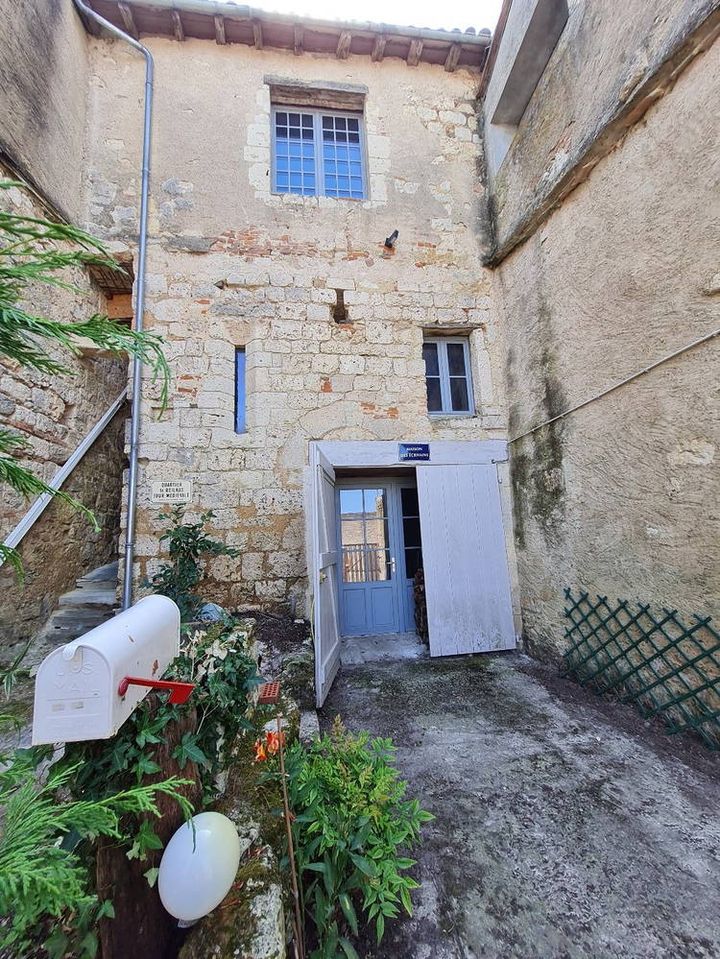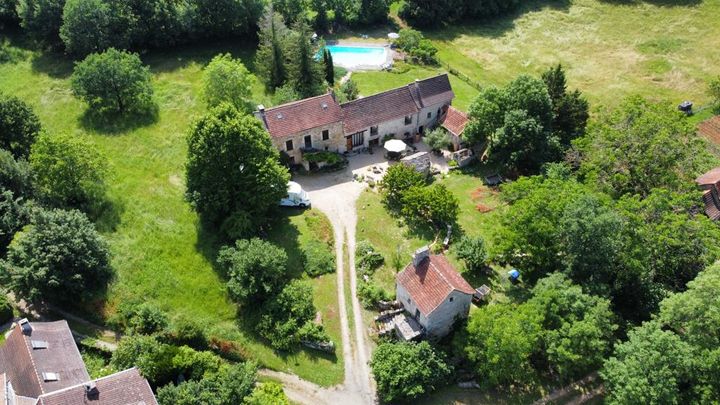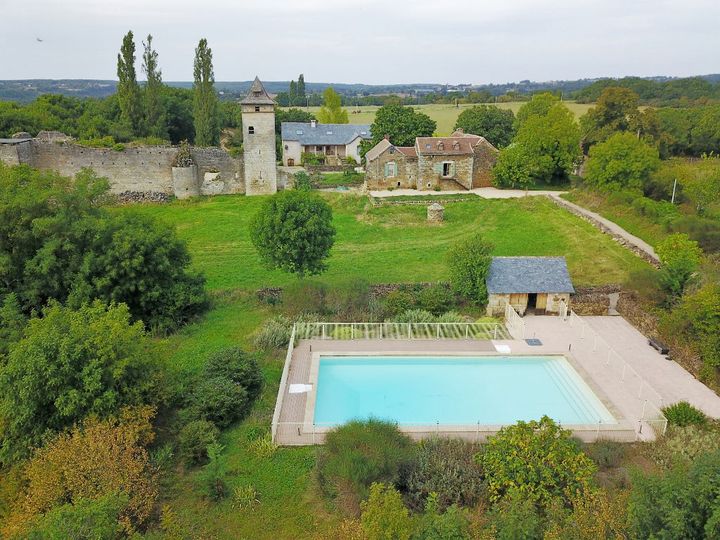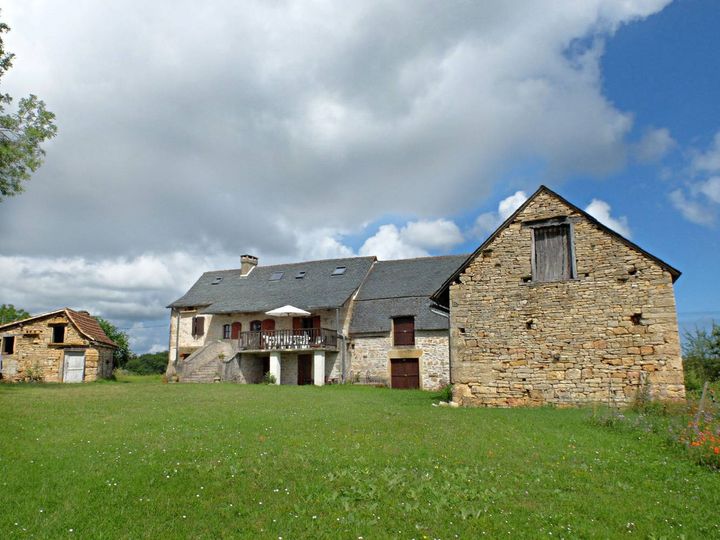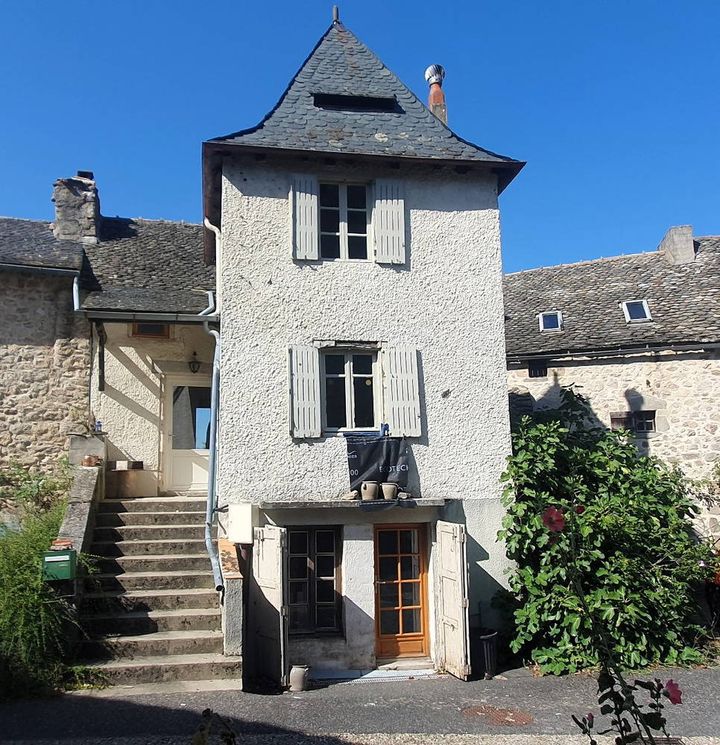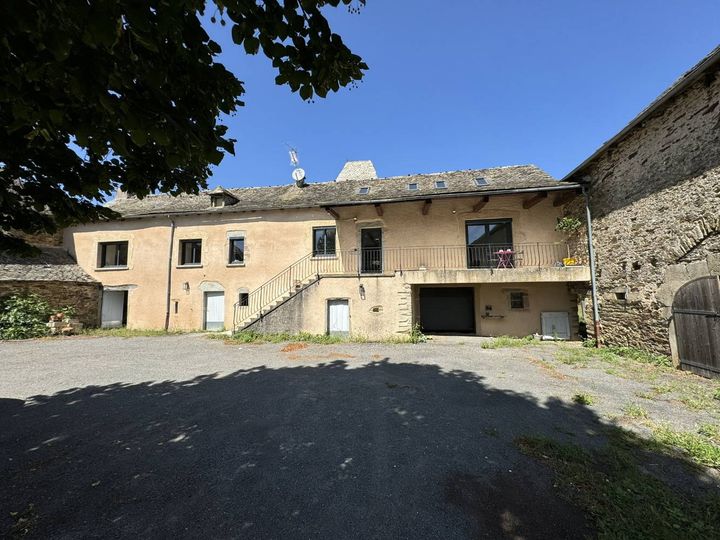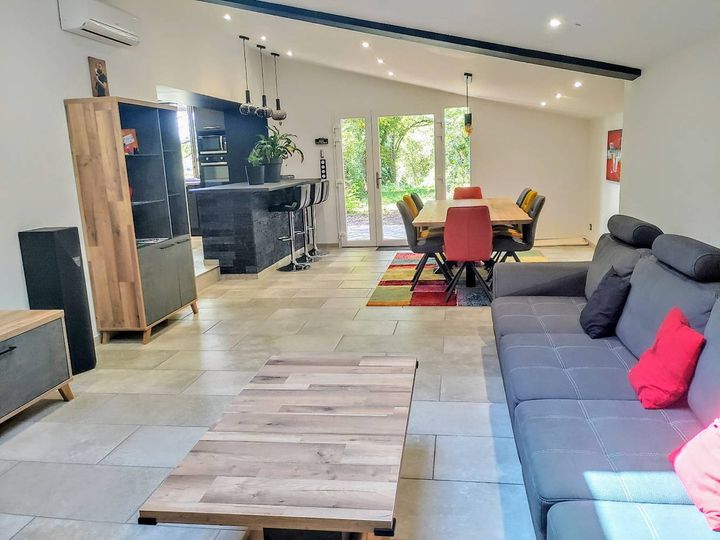Real estate prices in Midi-Pyrénées are influenced by a variety of factors including location, amenities, and economic conditions. The region’s proximity to major cities such as Toulouse, which serves as a technological and aerospace hub, increases demand for housing, thereby driving up prices. Moreover, the scenic landscapes and outdoor recreational opportunities in areas like the Pyrenees Mountains boost appeal, particularly for seasonal buyers or investors seeking vacation rentals. Infrastructure developments, such as improved transportation networks and access to high-speed internet, also play a significant role; for instance, the expansion of the A61 motorway has made rural areas more accessible, leading to higher property values. Local socioeconomic factors, such as employment rates and average income levels, further contribute to price variations, with more affluent areas like Albi or Montauban commanding higher prices compared to less economically vibrant towns. Additionally, cultural heritage and tourism can affect market conditions; towns with rich histories or significant tourist attractions might see inflated real estate costs due to increased demand from both local and international buyers.
Midi Pyrenees
Location
Price Range
Any price
Price Range
Minimum
No min
Maximum
No max
Property type
Show all
Property type
Show all
House
Apartment
Building
Other
Bedrooms
Any beds
Bedrooms
Minimum
No min
Maximum
No max
Surface Range
Any surface
Surface Range
Minimum
No min
Maximum
No max
Sale type
For sale
Sale type
Show all
To rent
For sale
Location
Apartments and houses for sale in Midi Pyrenees
1090 results
Recent
Midi Pyrenees insights
| Aspect | Summary |
|---|---|
| Population | 1,320,000 |
| Average Property Price | €2,500 per sqm |
| Rental Yield | 5.5% |
| Average Rent | €750 per month |
| Occupancy Rate | 90% |
| Capital Growth Rate | 3% per year |
| Property Tax | €1,200 annually |
| Transaction Costs | 7-8% of property price |
| Expected ROI | 7.3% |
| Economic Growth Impact | Moderate, driven by agriculture and tourism |
Midi Pyrenees FAQ
What factors influence real estate prices in Midi Pyrenees?
How have real estate prices changed in Midi Pyrenees over the past few years?
Real estate prices in Midi-Pyrénées have seen a notable increase over the past few years, reflecting broader trends in the French housing market. For instance, towns like Toulouse have experienced a surge, with average property prices rising by around 10% annually, driven by its status as a hub for aerospace industries and a growing student population. Rural areas, such as the Lot and Tarn, have also witnessed price escalations, albeit at a slower pace, primarily due to an influx of Parisians seeking second homes and a quieter lifestyle. Properties in picturesque villages, once considered affordable, have experienced sharp increases, with some listings seeing price jumps of 15% or more as demand outstrips supply. Additionally, the Covid-19 pandemic has contributed to a heightened interest in properties featuring larger spaces and outdoor areas, leading to more competitive bidding in attractive locales.
What is the average price per square meter in Midi Pyrenees?
The average price per square meter in the Midi-Pyrénées region varies significantly based on location and type of property. In urban areas like Toulouse, the price can reach around €3,000 per square meter, reflecting its status as a major city and economic hub. Conversely, in more rural areas, such as parts of the Aveyron or Tarn-et-Garonne, prices can drop to approximately €1,200 to €1,500 per square meter, making them attractive for those seeking a quieter lifestyle. Smaller towns like Albi and Montauban offer a middle ground, with average prices around €2,000 per square meter. Factors such as proximity to amenities, local demand, and property condition also significantly influence these averages. Additionally, higher-end properties or those with panoramic views can command premium prices that exceed these averages.
Are there significant price differences between urban and rural areas in Midi Pyrenees?
In the Midi-Pyrénées region of France, significant price differences can be observed between urban and rural areas, particularly regarding housing and general cost of living. For instance, cities like Toulouse, which is the largest urban center in the region, boast higher real estate prices, with average property costs reaching around €3,300 per square meter in the city center. In contrast, rural towns such as Foix or Saint-Girons can offer homes for as little as €1,200 to €1,800 per square meter, making them much more affordable for buyers. Beyond housing, everyday expenses also vary; for example, groceries and dining out are often cheaper in rural areas, where local markets thrive and the cost of operating businesses is lower. Conversely, urban areas may exhibit higher prices for services, like childcare and entertainment, due to greater demand and higher operating costs. Additionally, public transport costs in cities can add to the overall expense of living, while rural residents often rely on personal vehicles.
How do seasonal trends affect real estate prices in Midi Pyrenees?
Seasonal trends significantly influence real estate prices in Midi-Pyrénées, primarily driven by tourism and climate variations throughout the year. In the summer months, the region, known for its stunning landscapes and proximity to the Pyrenees, experiences an influx of tourists, which bolsters demand for vacation homes and rental properties. Consequently, prices tend to rise as buyers seek second homes or investment opportunities in popular areas like Saint-Lary-Soulan or Albi. Conversely, during the winter, particularly in ski resort areas, property values may dip as demand wanes after the holiday rush, affecting both short-term rentals and long-term investments. Additionally, the agricultural cycle can also impact rural real estate; for instance, properties in regions reliant on farming may see price fluctuations tied to harvest periods and the overall economic health of the agriculture sector. In cities like Toulouse, the academic calendar can influence the rental market, as student populations drive demand and subsequently affect rental rates around the beginning of the academic year.
What types of properties tend to be the most expensive in Midi Pyrenees?
In the Midi-Pyrénées region of France, properties that command the highest prices are typically those with historical significance, such as châteaux and manor houses that reflect the region's rich heritage. For example, a well-restored 19th-century château in the Albi area can fetch several million euros due to its architectural charm and expansive grounds. Similarly, luxury farmhouses or “fermes” that integrate modern amenities while preserving traditional features—like stone walls and wooden beams—are also highly sought after. Properties located near popular tourist destinations, such as the picturesque villages of Saint-Cirq-Lapopie or the vibrant city of Toulouse, tend to have elevated market values as well, especially those with stunning views of the surrounding landscapes or proximity to outdoor activities. Additionally, modern villas with contemporary designs situated in peaceful rural settings are becoming increasingly desirable, as buyers seek both tranquility and a touch of sophistication.
How does the economic situation in France impact real estate prices in Midi Pyrenees?
The economic situation in France significantly influences real estate prices in the Midi-Pyrénées region through various factors such as employment rates, income levels, and population trends. For example, the region has seen increasing interest in its scenic landscapes and a relatively lower cost of living compared to urban centers like Paris, which has led to a growing demand for properties, particularly in towns such as Toulouse and Albi. The local economy, bolstered by key industries such as aerospace and agriculture, contributes to stability and attracts both domestic and foreign investors. However, fluctuations in national economic policies, such as changes in interest rates or tax laws, can affect lending conditions and influence buyer sentiment. Additionally, the tourism sector, which plays a vital role in regions like Midi-Pyrénées, can cause seasonal spikes in property demand, further complicating price dynamics. For instance, during the summer months, vacation homes often see higher pricing due to increased demand from those seeking seasonal rentals, contrasting with the off-peak market where prices may stabilize or even decline.



